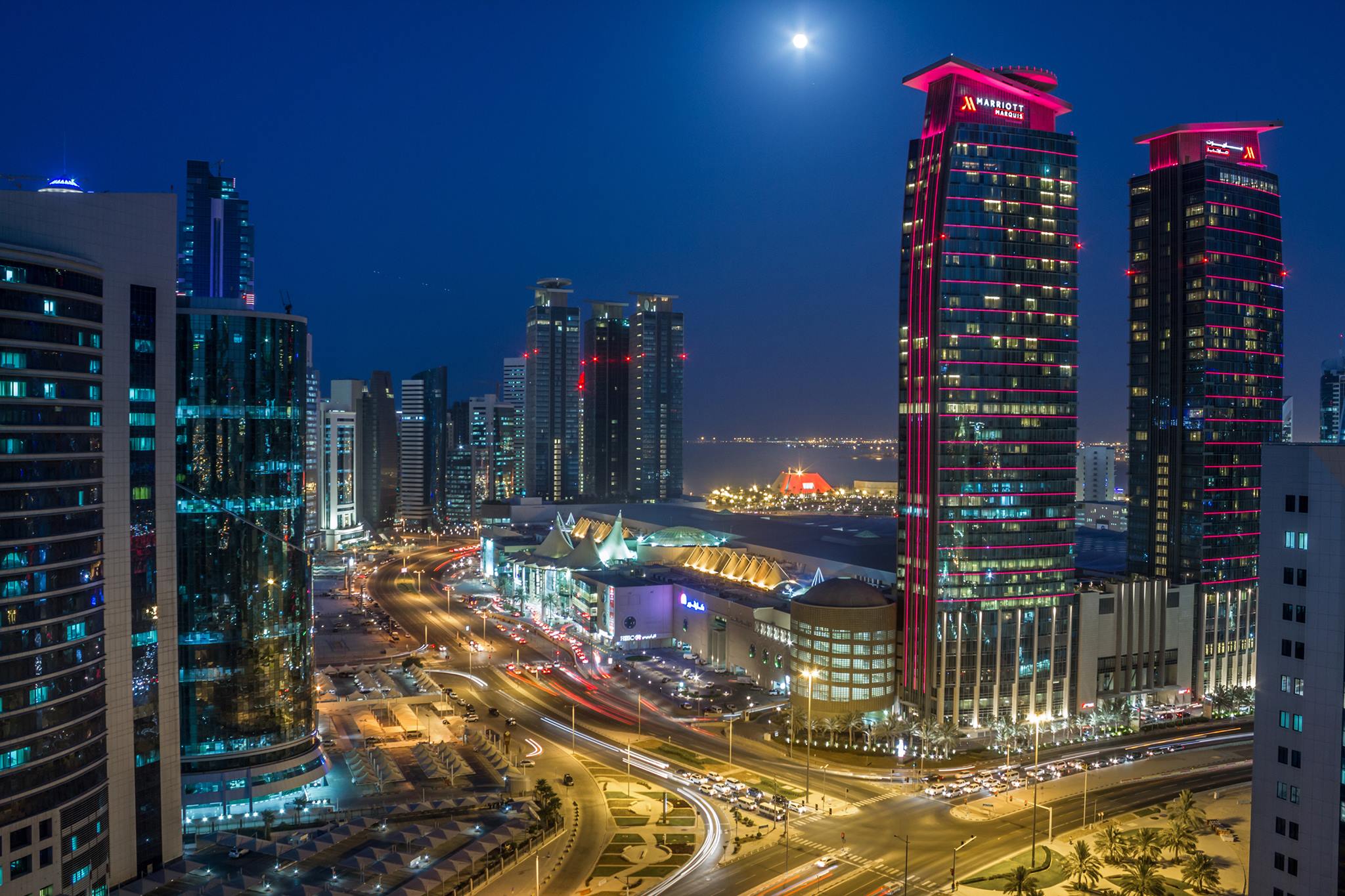The Gulf state witnessed an impressive growth in its hotel sector with over 8,000 new rooms in 18 months.
Qatar’s hotel industry is witnessing an unprecedented capacity surge, with an increase of over 8,000 rooms in the last 18 months and more expected by the end of the year.
The growth has brought the total supply of hotel rooms in the country to over 38,000, according to the Q2 2023 Real Estate Market Review published by Cushman & Wakefield.
The leading global real estate services firm anticipates this figure to surpass the 40,000 mark by the end of the year. The review was made public on Wednesday during a seminar at the Hilton Doha.
“A significant increase in tourist arrivals in 2023 helps support hotel performance. This recent increase in supply will be supplemented by some significant additions to the market in the coming months, including Andaz Doha, Four Seasons Resort and Residences at the Pearl Island, NH Collection Oasis Doha Hotel, Rixos Qetaifan North, Rosewood Doha, and Waldorf Astoria West Bay,” Johnny Archer, the Director of Consulting and Research at Cushman and Wakefield, said at the event.
Looking ahead
Despite its remarkable growth, Qatar’s hospitality sector will face significant challenges in the years ahead, with a focus not only on filling up these new rooms but also on supporting the increased number of associated restaurants.
The report pointed out the need for a sustained increase in visitor numbers over a longer period, even though the initial signs following the World Cup have been encouraging.
The global tourism industry, recovering from the impact of the Covid-19 pandemic, sees 2023 as a potential year of resurgence. Qatar, with its enhanced profile following the 2022 FIFA World Cup and significant investment in tourism infrastructure, is well-positioned for such a revival.
New statistics from the Planning and Statistics Authority (PSA) highlight a substantial uptick in tourist arrivals to Qatar this year. From January to May, over 1.75 million visitors were recorded, marking a staggering 206% increase from 0.58 million during the same period in 2022.
This year’s influx outperformed the previous five-month record from 2017 by 28 percent. Notably, around 685,000 visitors came from the GCC, primarily Saudi Arabia, accounting for 38.7 percent of total visitors. This underscores the significance of the restoration of diplomatic ties within the region.
Although occupancy rates showed a marginal dip from 57 percent in Q1, 2022 to 54 percent in Q1, 2023, this is likely due to the significant increase in room supply during this period.
Occupancy rates for April and May stood at 47% and 56% respectively, compared to 44% and 57% last year.
The Average Daily Rates for the hotel sector dropped from QAR458 to QAR434 year-on-year in Q1, further slipping to QAR444 in April and QAR401 in May.
Tourism demand has proven to be one of the main factors driving this positive performance. Despite a minor decrease in tourist arrivals in April compared to March, the figures were still more than double those of April 2022, with visitors from Europe setting a new monthly record.
Overall, nearly 1.5 million tourists flocked to the Gulf nation in a span of just four months, signifying a robust non-oil recovery.







